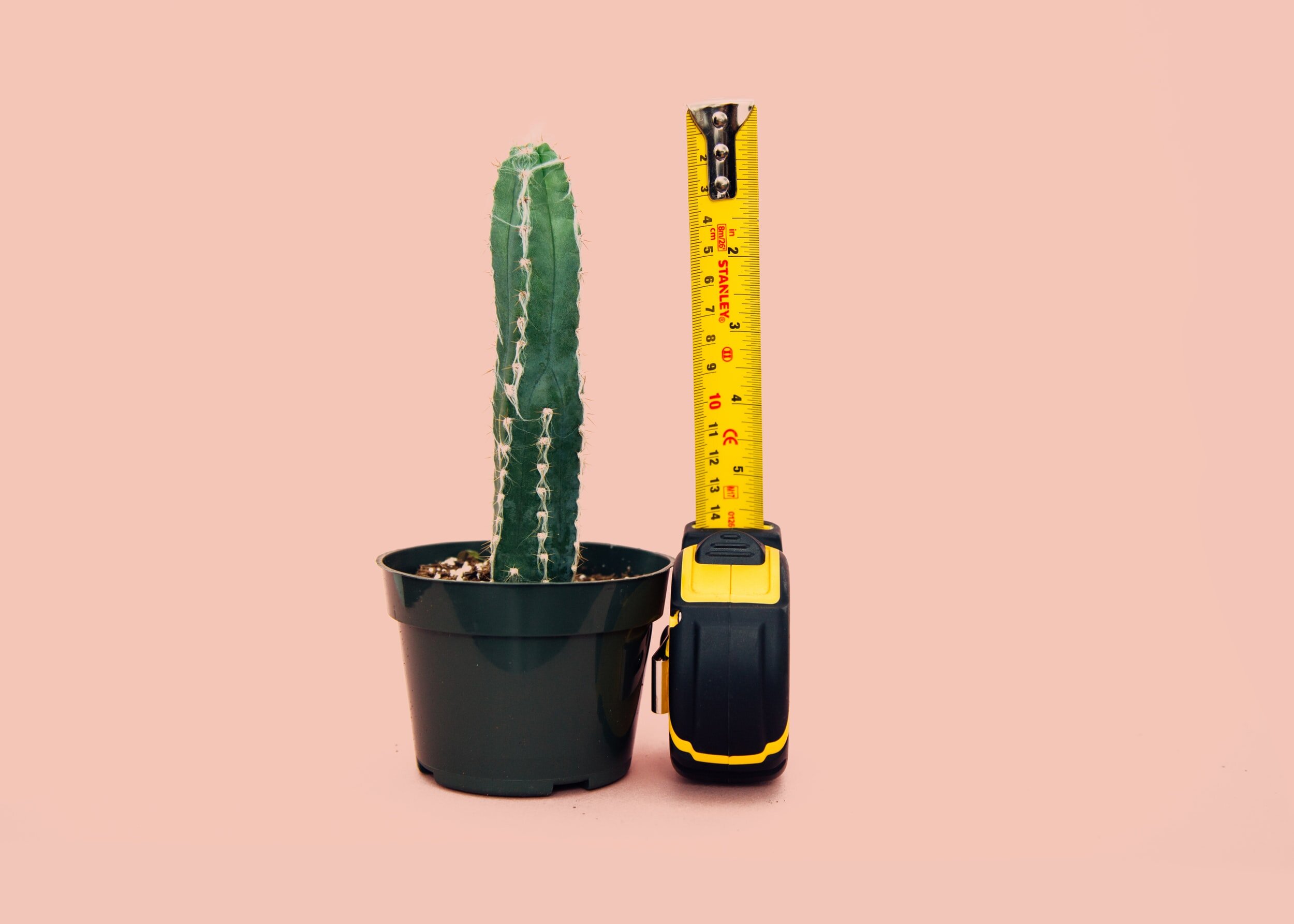Size Doesn't Matter
/Unrealistic Expectations:
It’s the Size of Your Heart, Not Your Private Part
by Adam Nisenson, LAMFT, CSAT
When it comes to our intimate body parts, men can be particularly sensitive when it comes to their judgments around penis size. In my practice, I’ve found that many men have fears that a small or even average-sized penis makes them less manly. For sure, popular culture contributes to this feeling, from watching porn, to seeing penile-enlargement ads on the internet, to off-hand remarks and jokes about size by influencers and even our closest friends.
Maybe those well-endowed male porn stars who strut their stuff in scripted scenes with unsuspecting ladies are provoking men to question the size of their phallus, despite that we know porn actors are chosen for their size and that image enhancement also helps give that larger-than-life appearance. It makes a man wonder, though … Want to know what penis percentile you fall into? Enter your length, girth, and flaccid size into an online calculator.[1] Yes, a penis size calculator; just what we don’t need.
Seriously, men can feel inordinately insecure about their sexual body parts and their ability to give pleasure, and in the process, judge themselves as not manly. But that is a belief that just isn’t true.
What’s So Great about Size?
From an aesthetic standpoint, maybe men with larger penises put on a good visual show, but after that, it’s confidence in yourself and being connected to your partner that really counts. Size is and always will be subjective. Size is not a prerequisite for better sex; It can be simply a preference.
Studies on sexual satisfaction point to the significant role of everyday kissing, hugging, touching, affection, and overall well-being between sexual partners.[2] “Happy hormones” actually course through our bodies during physical intimacy, helping us to feel closeness and connectedness during intimate moments. With this into consideration, concerns about how well-endowed you are fall to the wayside.
Our lives are filled with preferences. What women value in a sexual partner is relative and varying. But most women will admit that length or girth doesn’t have anything to do with sex being good or not. We all need reassurance. And guys, if you think your woman is just trying to make you feel better when she tells you that size doesn’t matter, she may actually mean it!
“It’s not the size of the boat; it’s the motion of the ocean” meme isn’t just uttered platitudes. Well-hung doesn’t have the appeal most men think. Case in point: Research conducted at UCLA and Cal State Los Angeles a few years back reported that 84% of women feel “very satisfied” with their mate’s penis size. Fourteen percent wish it were larger and 2% would prefer smaller. Over 26,000 women between the ages of 18 and 65 took part in the study.[3] That’s a convincing endorsement for the theory that size doesn’t matter, don’t you think?
Men also tend to have inflated beliefs about how other men stack up in terms of size. Many men are under the misconception that the average penis size is larger than it actually is. The average erect penis is a little over 5 inches, with a circumference of just over 4.5 inches.[4] Surprised?
Not Just a Man Thing
Feeling inadequate about our appearance crosses gender lines. Men and women alike can get consumed with their physical appearance. Am I too weak looking? Do I have too much belly fat? Will she like a guy that’s losing his hair? What will she or he think when they see me naked?
Men obsess about their private body parts much like women. Some women feel inadequate about their breast size just as men feel inadequate about their penis size. Will he pass me over for the woman with the larger breasts?
Society has set standards of beauty that we feel compelled to follow. Penis and breast enlargement, botox treatments, liposuction, implants, veneers and the list goes on. The American Society of Plastic Surgeons (ASPS) reports that male cosmetic procedures rose 29% over the last decade the U.S.5 We have multi-billion dollar industries that cater to our inadequacies about our bodies and our desire to “fix” them into some prescribed idea of perfection … an idea that has no basis in reality.
An All-Sensory Experience
The myriad of sexual experiences available to you and your partner transcends physical attributes. No matter your penis size, you can find sex positions that work for you and your partner. The important thing is for you to feel happy in your own skin. Sexual appeal is about how you show up, being vulnerable, and being loving and true to yourself and your partner.
Sex is an all-sensory experience. Be happy and confident that you can give pleasure, whatever your size.
References:
Lever, J. et al. “Does Size Matter? Men’s and Women’s Views on Penis Size Across the Lifespan,” Psychology of Men and Masculinity (2006) 7:129.
https://www.psychologytoday.com/us/blog/fulfillment-any-age/201707/the-secret-reason-why-sex-is-so-crucial-in-relationships
https://calcsd.netlify.app
https://www.wbur.org/commonhealth/2015/03/03/biggest-study-penis-size
https://aedit.com/aedition/what-you-need-to-know-about-male-plastic-surgery-trends






